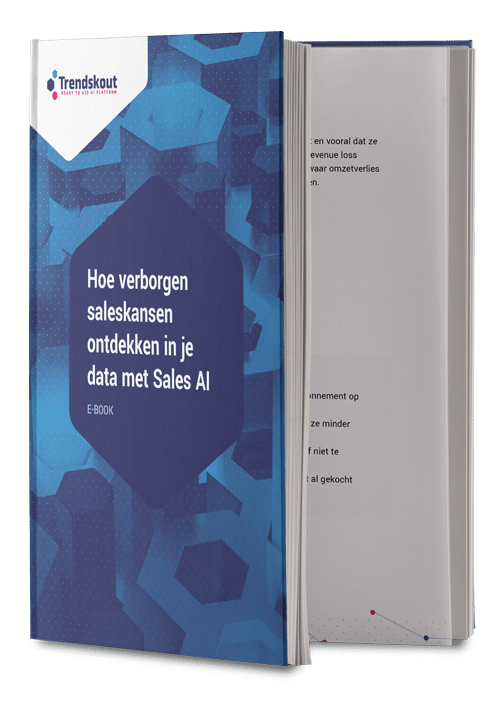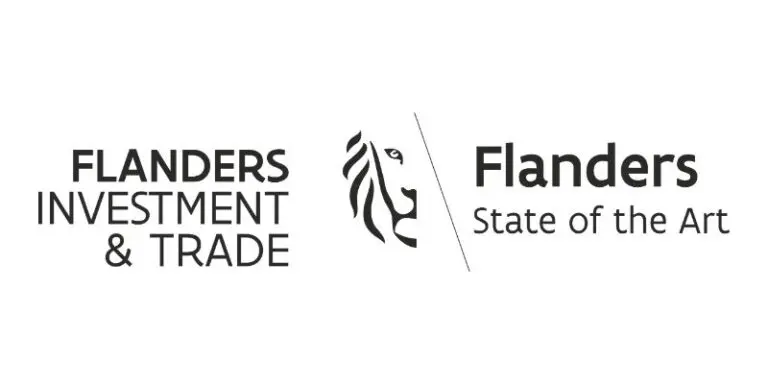90% among you will read the intro to this article. 71% will read the full article. How do we know this? Thanks to our Predictive Score Model. A Predictive Score Model is a mathematical method to calculate the probability of a future event. It is widely used in B2B sales. What does it mean, how is it created and how is it applied in sales?

What is a Predictive Score Model?
This mathematical method calculates the Probability of future events. An example of a future event is whether a particular customer will buy a company's newly developed product. To create such a model, you therefore need historical data about the customer to see if the product matches their needs. Within the model, scores between zero and one are given for each combination of a customer and product, which drive sales.
By the way, did you know that Pizza Hut uses such a system to test whether they will launch a new pizza flavour?
Artificial Intelligence (AI), Bots and Predictive Technology in Pizza Hut an... https://t.co/gfoOsK9rRY #OnlineBusiness #SEO #SEOWashington pic.twitter.com/lthbU3hWnD
- JOT Token [NO2X] (@TokenMarketer) May 9, 2017
How to create a Predictive Score Model?
Many scoring models have been developed, including lead scores. Lead scores are given to companies, allowing a certain degree of relevance of a specific individual to a certain company to be assigned. This score is based on various factors, including the number of websites visited and the duration of a visit. Lead scores can be used by companies to prioritise customer contacts.
Lead scores can be calculated in various ways, depending on the amount of data and technical resources available. Ten leads are equal to having ten possible new sales. In this way, there are many more scoring models. Often they are based on rules, or a way of giving value to scores. By using AI-based models, with the support of machine learning, you can create many models at once to find the optimal combination.
Predictive Score Model based on AI
In sales, such models are frequently used to calculate the probability that a customer will purchase a particular product. Or for prospects: how likely it is that they become customers at all. And then you can get even more out of it: cross-sell, upsell, and so on.
Imagine that you are a company with 50,000 customers and that approximately every month 5 to 10 new companies become customers. Imagine also that each company has very different characteristics and attributes. In that case, you can use the computing power of computers and enlist the help of smart AI software. Using the necessary rules, you can start to calculate the probability of a prospect.
The power of machine learning in Predictive Score Modelling
This methodology that can be used for this purpose is known as machine learning - an AI discipline. Machine learning is, simply put, a much more sophisticated way of determining the probability of an event. There are several methods of machine learning that can be used to calculate a probability or a score. It does not have to be a neural network. "Boosted trees or gradient trees are also suitable.
To increase the performance and efficiency of these methods, data scientists often create hundreds - if not thousands - of models. Ultimately, the models compete and complement each other to find the optimal combination.
Research has also shown that the best predictive scoring models Use a mix of rule-based models and machine learning as complexity increases. This combination helps an employee to make the prediction and provides salespeople with a glimpse into the future. An oracle of numbers at the service of your team.
And how does Trendskout help?
Trendskout helps companies to get started with their data. You don't need a data scientist. You do not need any code knowledge. You simply plug your data into Trendskout's platform. The library of models allows you to quickly apply a method to your data. The result: fast output and a direct return on your investment.
Wondering how this platform can also add value to your sales? Book a demo now!

